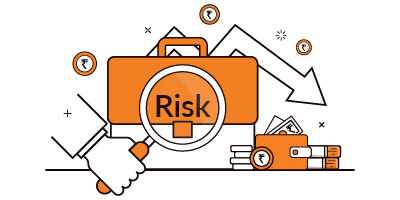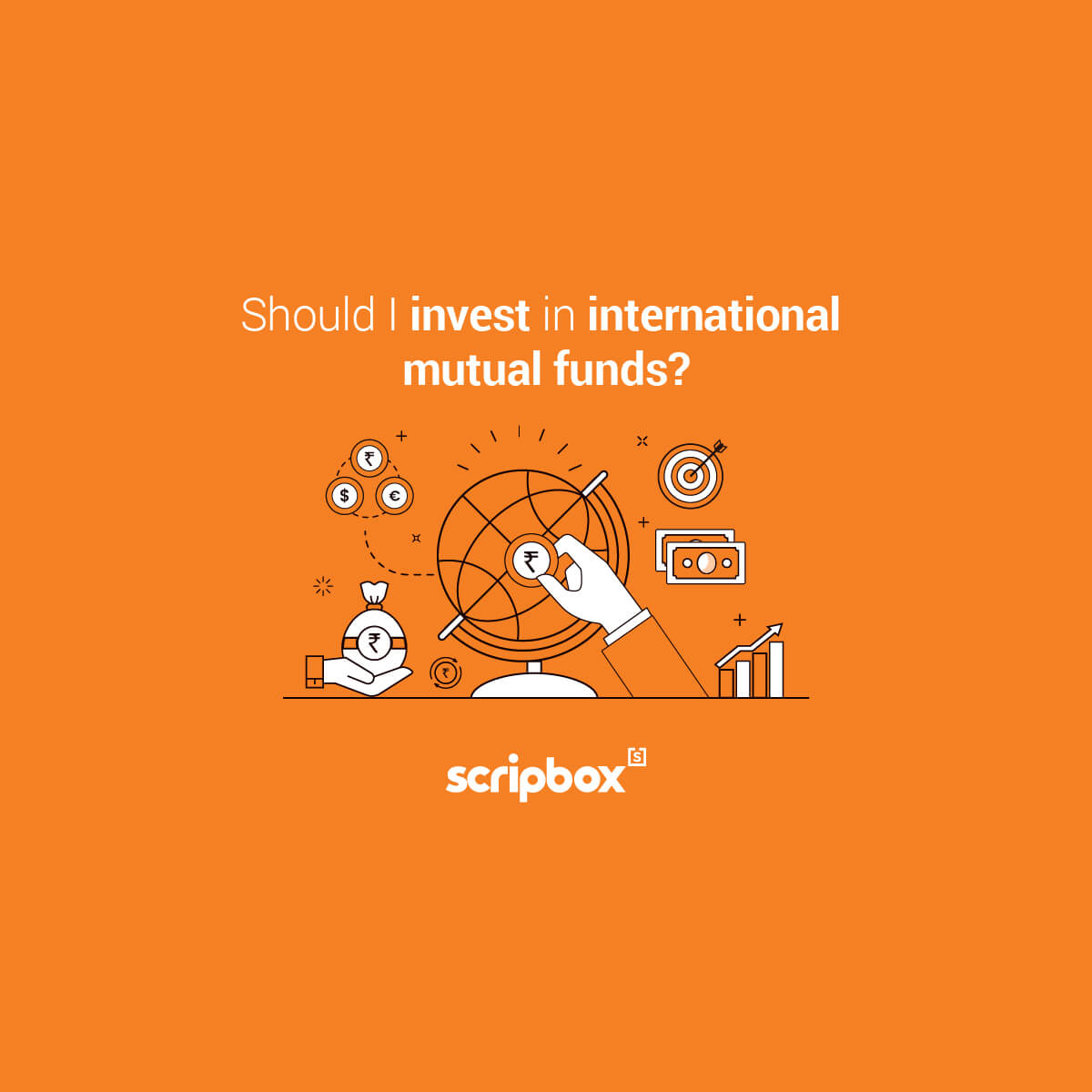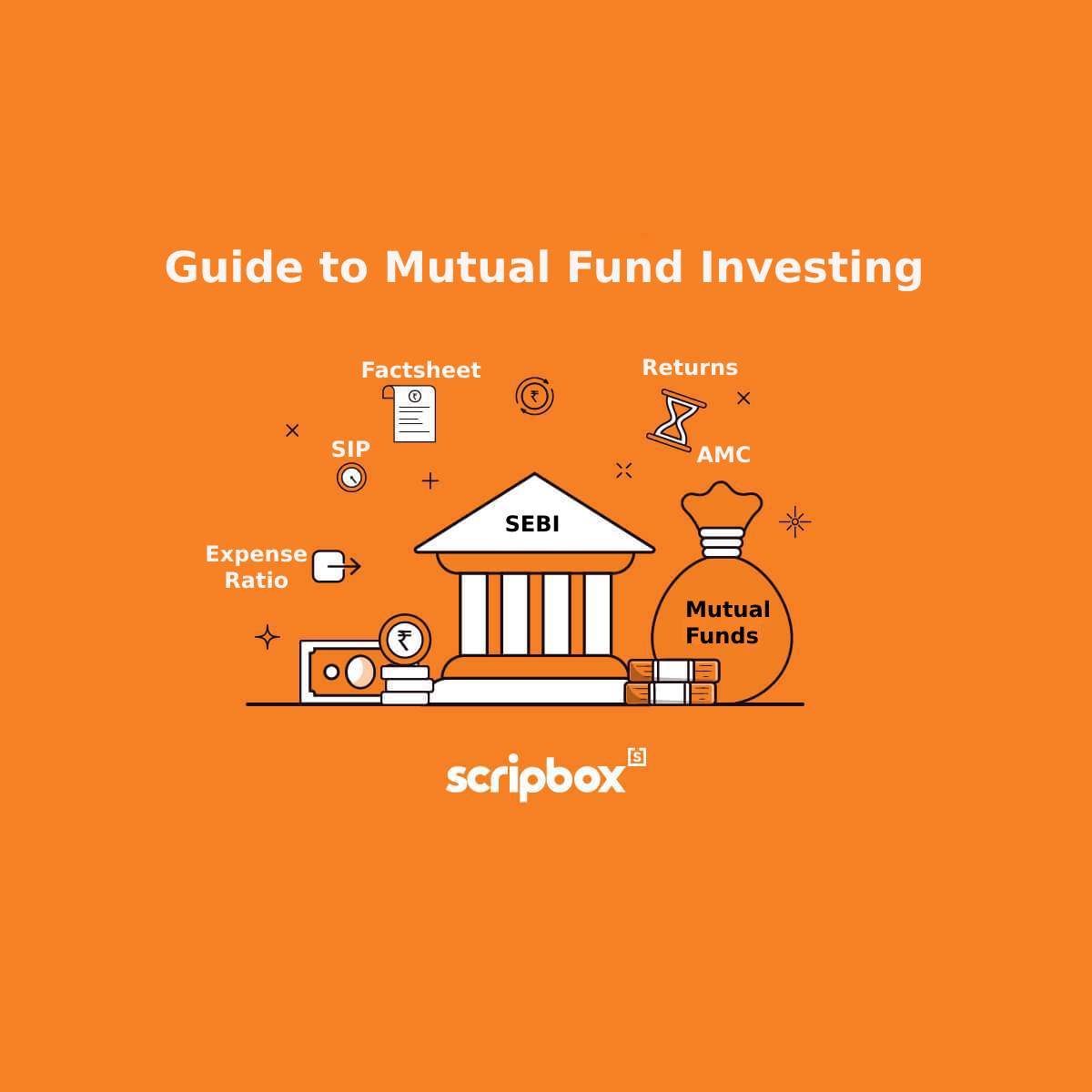Market returns can be outstanding in the long term, while in the short term their volatility can be terrifying. Risk is an unavoidable aspect of investments. Unless you take the risk, the returns aren’t satisfying. This article explains about the strategies to reduce the investment risks in your portfolio.
1. Prioritize your Financials
By just investing your funds doesn’t mean your job is done. The returns from these funds don’t make sense if you have high credit card debt to pay off. Therefore, while it is important to invest money, it is also very important to pay off all your outstanding loans and debts. Another important saving that you should have regardless your age is an emergency fund.
Recommended Read: Tips to Use Credit Cards Effectively
2. Reduce Risk
Upon paying off your debts and having an emergency fund, investing would become more comfortable than otherwise. There are countless options to invest and having the right diversification will help you earn higher returns with reduced risk.
Here are a few techniques that will help you reducing risk without settling for low return investments:
3. Rupee Cost Averaging
This means that investing the same amount of money every month, or quarter or year, rather than investing a lump sum at once. For examples, rather than investing a lump sum of Rs 5,00,000 at once, you can choose to do a SIP of Rs 10,000 for 50 months. For investments that are spread over a period of time, the average cost of investing comes down. While the prices fluctuate, you’ll be able to average out the investment cost as you’ll be investing the same amount every month.
4. Asset Allocation Strategy
Based on your age, financial situation, family and risk tolerance try to determine an asset allocation for yourself. This will help in determining how much exposure across each asset class you can have. At regular intervals, revisit your portfolio to check for any deviations from your initial asset allocation and take necessary actions.
5. Invest in Index Funds
While the most common notion is that actively manages funds are expensive, having 1 index fund in your portfolio will help you earn market returns. Index funds have lower expense ratio as they mimic the index. These funds do not aim to outperform the index but maintain index returns.
Popular Index Funds
6. Diversification Across Market Caps
Market capitalization refers to the total value of all publicly traded shares for a company. These are large cap, mid cap and small cap. Large Cap funds are the most stable of all, while small cap the riskiest. Depending on your risk tolerance, exposure to funds based on the market cap can be determined. A combination across market caps would give you an opportunity to earn higher returns. A high-risk fund can be countered with a low-risk fund, hence hedging your portfolio.
7. Diversification across Regions
Investing in mutual fund schemes that invest in foreign markets gives your investments in international exposure. Or investing in other funds in foreign markets, this is in the form of fund-of-fund. Having around 5-10% exposure to such investments will help you hedging currency risk in your portfolio.
8. Diversification across Sectors
Markets follow a cycle, not all sectors/ industries are in the same phase of the cycle. Having sectorial exposure is risky. However, having exposure to around 2-3 sectors will help you reduce that risk. Even though one sector isn’t performing well, your portfolio will be safeguarded by the remaining sector funds that are performing well.
9. Invest in REITs
With new developments in the real estate market, in the form of REITs, one can now invest in commercial office space with a minimum investment of Rs 2,00,000. Instead of investing large lump sum amounts in real estate and blocking them, you can invest small amounts through REITs.
10. Invest in Debt Funds
These are best suited for investors who are risk averse and are looking for more stable and regular returns for their investments. These are a great investment option for investors who, although, have risk-taking ability and willingness for Equity Mutual funds but think that the current valuations in the markets are very high and want to invest in equity markets only after a correction. In a falling interest rate scenario, few debt mutual funds give fabulous returns. By this, the interest rate risk can be mitigated.
Popular Debt Funds
11. Speculate only with money you can afford to lose
Do not confuse between investing and speculating. Speculating involves high risk. However, if you wish to take intraday positions, do it only with the excess money that you have. Do not do it from your saving or by liquidating your investments. The only money that you can afford to lose should be used for speculation. But it is strongly advised to stay away from speculations.
12. Reinvest in Dividends
Dividends earned from your stock/fund investments should be re-invested. This will also help in rupee-cost averaging. Reinvesting dividends, rather than letting the money pile up in cash in your brokerage account, also helps you avoid opportunity cost and losses from inflation.
13. Have a defensive approach
Yes, you cannot time the market, but that doesn’t mean you don’t keep a threshold for your investments. When you realize your investments are falling, have a stop loss set for yourself, and sell the investments if they cross that threshold. Withdraw the money and invest in other avenues where you think there is potential for good returns. Have a defensive approach to reduce the investment risk and don’t let do panic selling when markets have already crashed.
14. Think twice before selling
Are you selling at the right price or selling high? With all risk mitigating techniques in place and proper analysis of the funds, you wouldn’t have to worry about small corrections that happen in the market. Do not sell in panic, you’ll end up selling low. When everyone is panicking that’s when you should buy and not sell. Therefore, keep buying and take advantage of rupee cost averaging.
15. Hire an Investment Advisor
Your portfolio is most risky when you haven’t done a proper market study and have just invested by word of mouth suggestions. In such cases, no strategy can come for your rescue. The best way to reduce your investment risk is to hire a professional investment advisor who’ll be able to study your profile, risk tolerance and suggest good options for you to invest your money.
Conclusion
Yes, markets are volatile. Yes, volatility involves risk. And Yes, markets crash. But, the greater risk is not investing at all. Therefore, the best way to invest is by adopting risk mitigating strategies and understand where exactly you are investing and why. Don’t hesitate to hire an advisor to become they come with additional cost. Know that if you don’t, the risk of losing money is much higher.
Happy Investing!
- 1. Prioritize your Financials
- 2. Reduce Risk
- 3. Rupee Cost Averaging
- 4. Asset Allocation Strategy
- 5. Invest in Index Funds
- 6. Diversification Across Market Caps
- 7. Diversification across Regions
- 8. Diversification across Sectors
- 9. Invest in REITs
- 10. Invest in Debt Funds
- 11. Speculate only with money you can afford to lose
- 12. Reinvest in Dividends
- 13. Have a defensive approach
- 14. Think twice before selling
- 15. Hire an Investment Advisor
- Conclusion























Show comments